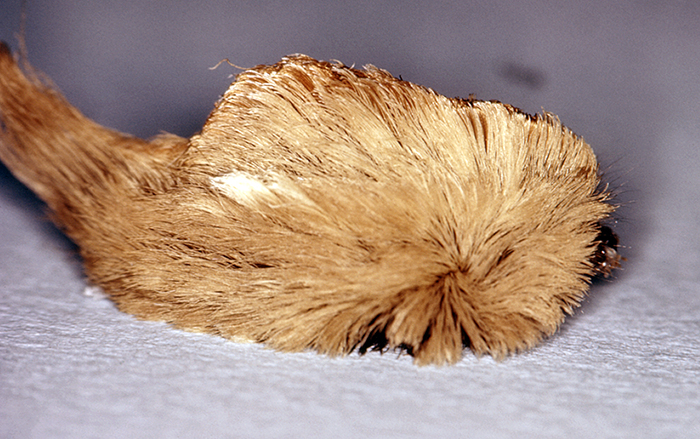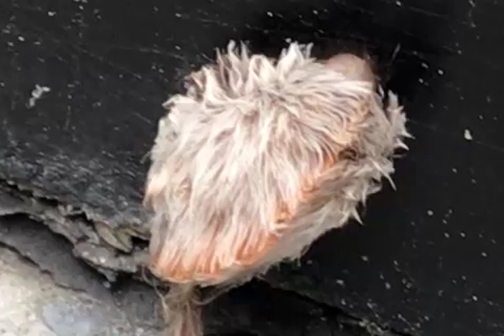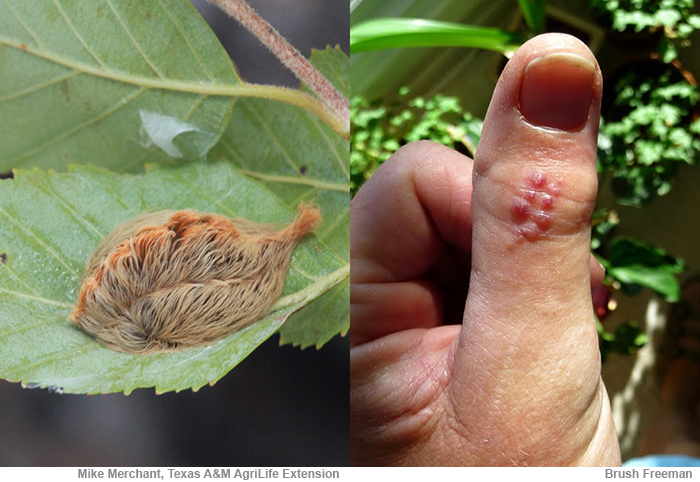They’re Baaaccckkk!
Steer Clear: Comb-over Caterpillar is Not as Harmless as it Looks

And they now making their second appearance around New Orleans this year. While the number of exposures peaks in June and July, there is a second peak in October.
“This is their time of year, hot and dry September-October, until the weather turns cold and the leaves brown up and drop,” notes James Diaz, MD, DrPH, Professor and Director of Environmental and Occupational Health at LSU Health New Orleans School of Public Health.“They like to eat the leaves on certain trees, like deciduous oaks, elms and sycamores,” adds Dr. Diaz.
He advises people to avoid walking under them. “The main problem is that the caterpillar will fall from the tree leaf and drop into someone’s shirt collar causing a nasty sting on the back of the neck. The spines are on the dorsal (back) surface, not the ventral (abdomen) surface.”
But trees and shrubs not the only places you can encounter one. They’ve been spotted on sidewalks, columns, benches and other places.
If you garden, wear long gloves, and make sure your children know not to touch them.
“The sting causes intense throbbing pain, burning and a rash,” says Diaz. “The pain can last for hours and in some people, radiates up the arm or leg.”
If you do get stung, you should remove any hairs as quickly as possible. “You can use adhesive tape to pull them off or gently scrape with a credit card,” he says. “Wash the area with soap and water to remove any remaining venom. Applying an ice pack, followed by a paste of baking soda and water, can help reduce pain and swelling. Oral antihistamines may help relieve itching and burning, and topical corticosteroids may help reduce inflammation.”Some people have a more serious reaction. They can experience swelling, nausea, abdominal pain, headache, enlarged lymph nodes, shock, difficulty breathing and seizures. If the symptoms are severe or continue to worsen, seek medical attention.
“Cold weather and birds are better than any pesticides in handling the infestation and a lot safer too,” concludes Diaz.